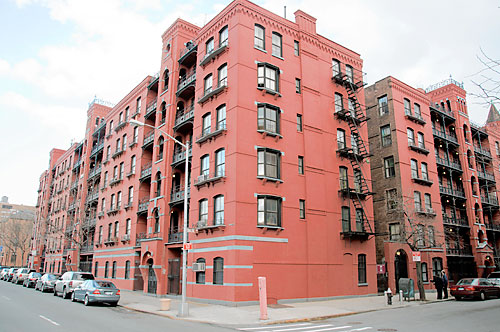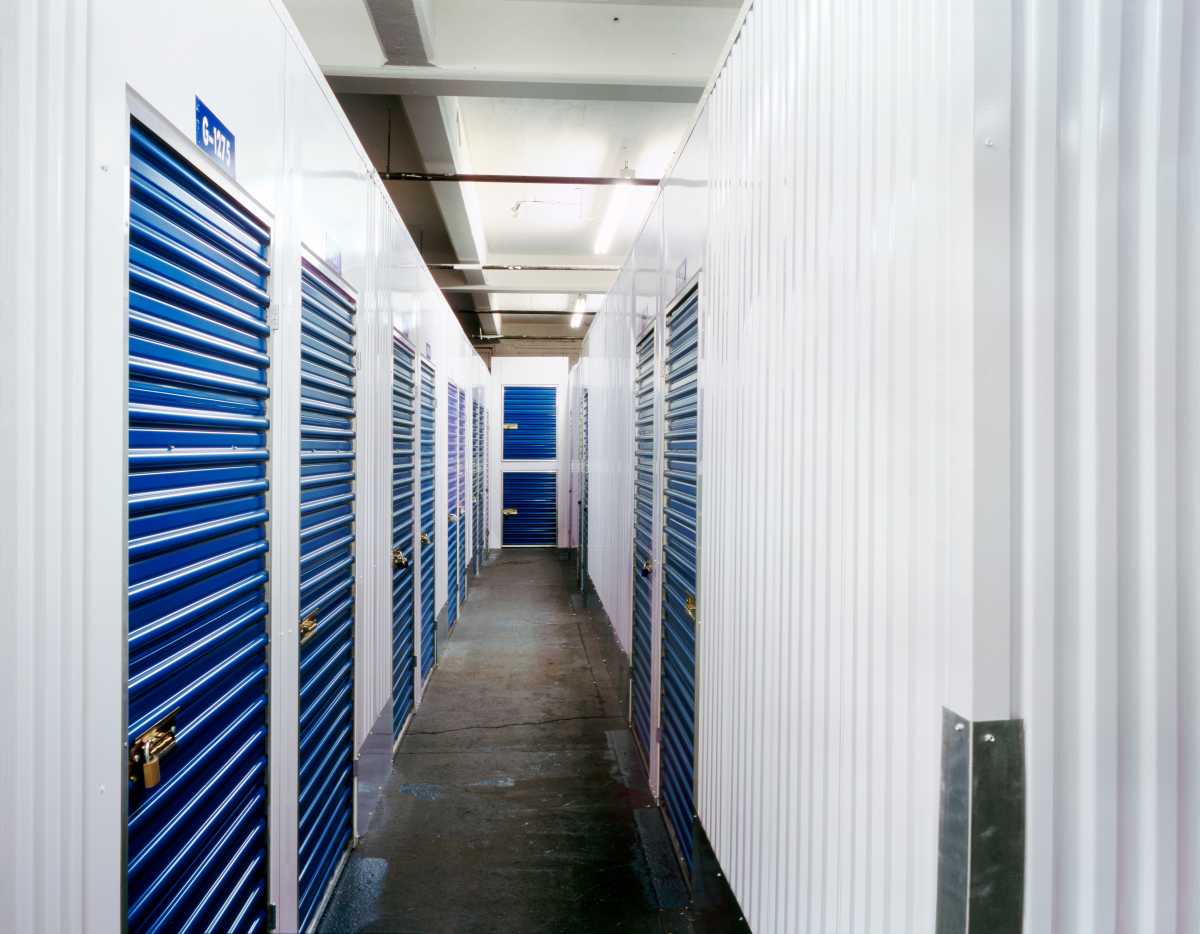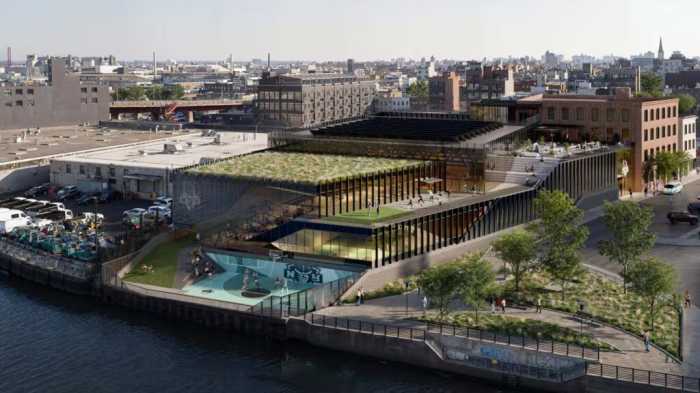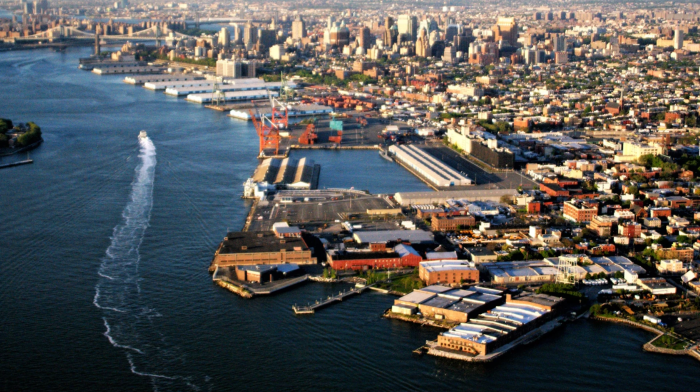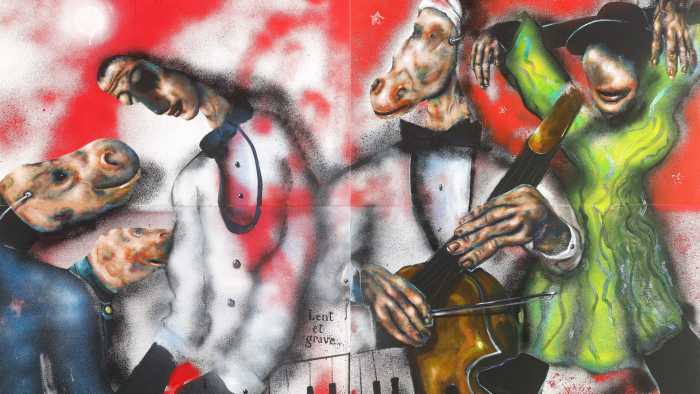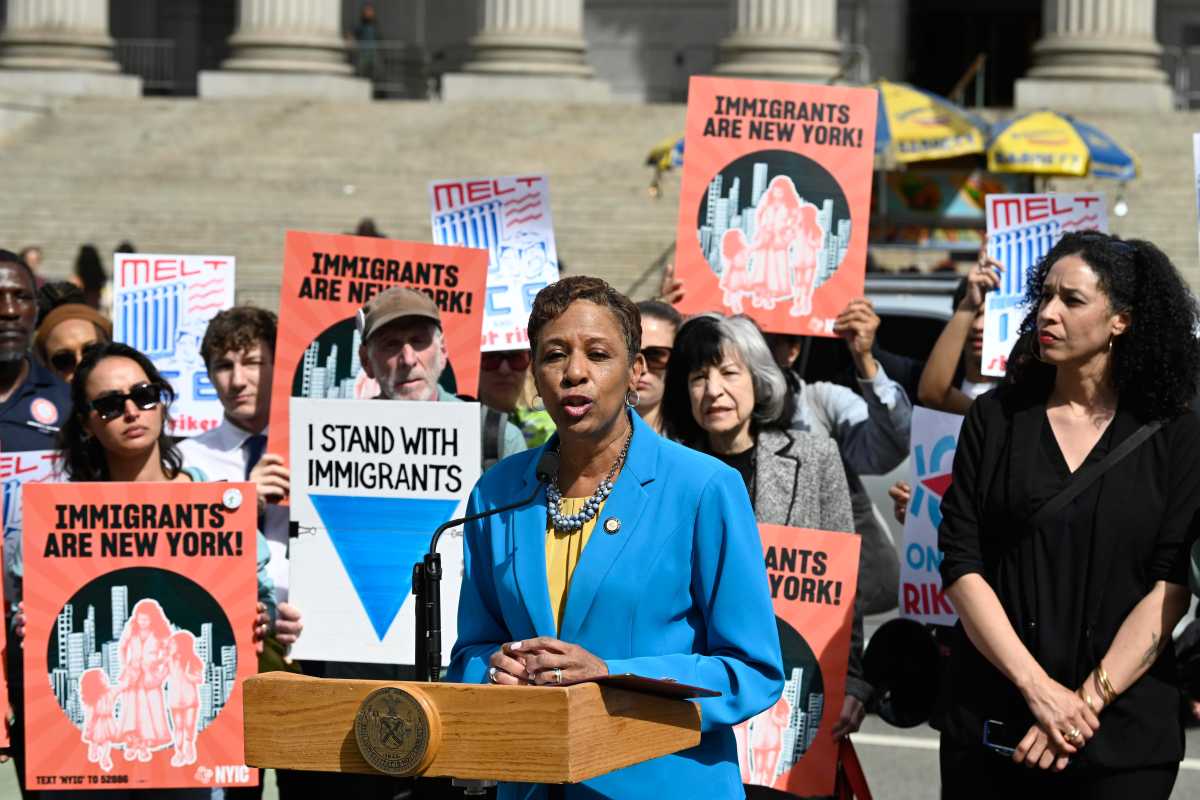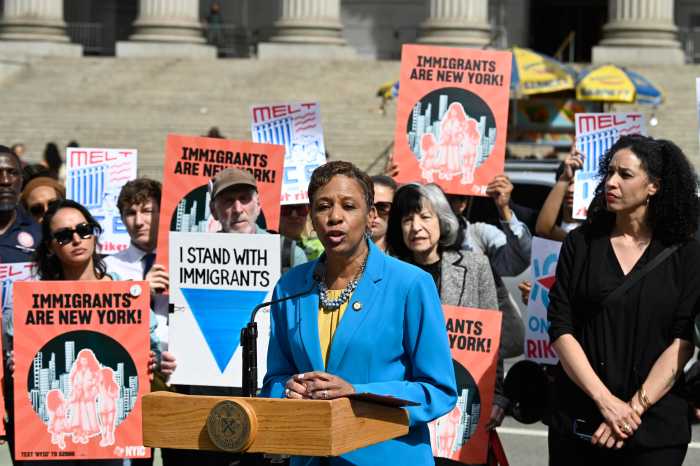A historic Cobble Hill rental apartment complex built for the 19th-century working class is on the way to becoming homes for 21st-century gentrifiers.
Rental tenants of the Cobble Hill Towers — a rent-stabilized nine-building complex built in 1879 as an experiment in humanitarianism — will be offered their units at 30 percent below market rates, but vacant or unbought units will become condo homes for the new bourgeoisie.
The Manhattan-based Hudson Companies, which had been negotiating with tenants since the summer, trumpeted the pricing agreement as a milestone.
“A large group of tenants saw the opportunity to own their own home, in a residence they already know and love,” said Hudson principal David Kramer, who said he views the conversion “as the chance for middle-class Brooklyners to own their own homes and enjoy the most compelling sales prices in all of Brownstone Brooklyn.”
The six-story buildings comprise a complex with 188 units facing Warren, Baltic and Hicks Streets. Renters who choose not to buy by March 22 can still do so in the future, but at market prices, ranging between $300,000 for a studio, to $700,000 for a three bedroom.
The plan requires 15 percent of current residents to buy, and Hudson said it expects roughly 30 percent to participate. Tenants who do not buy in can remain in their rent-stabilized apartments — and Kramer said a strict non-eviction clause is in place to protect their rights.
But some tenants said they can’t afford even the discounted asking price for their units, which range from $210,000 to $500,000.
“The developer is doing what developers do, and that is to change the balance of the tenancy to their favor, and to do that, they need to move as many people as they can,” said one 21-year-resident who requested anonymity.
Tenants said they had no proof of harassment or bullying — but some said that the company has left numerous repairs unresolved, giving preference to newcomers over complex stalwarts.

“They seem to be avoiding as much work as possible,” said a renter.
Not true, said Kramer, who noted that his company has already invested $2 million in repairs, including improving security with new gates, and renovating the courtyards and lobby areas.
Regardless, renters say that the changes would dismantle the mission of utopian builder Alfred T. White, who set out to show that private developers could build decent housing for the working class and still make a profit.
“This is the last bastion of diversity in Cobble Hill,” said one 10-year tenant. “And to take these rent-stabilized apartments out of the housing pool is really harsh.”
Former residents agreed.
“The people who live in that building, there’s no way they can buy,” said Carl Rosenstock, who lived in the complex for 13 years.
But those who opted to buy said it was an offer they couldn’t refuse.
“This was probably my only opportunity to buy in Cobble Hill,” said Amanda Abry, a market-rate renter in the complex.
“Yes, I might not be the working class they envisioned in 1879, but I’m still someone who’s struggling to pay the bills,” she said.



